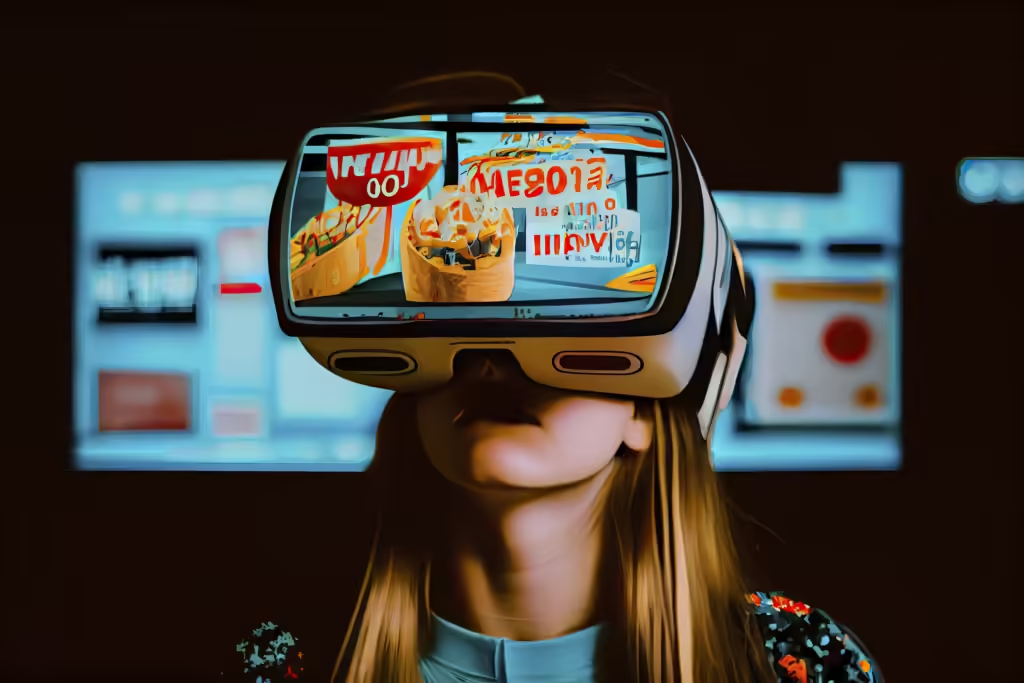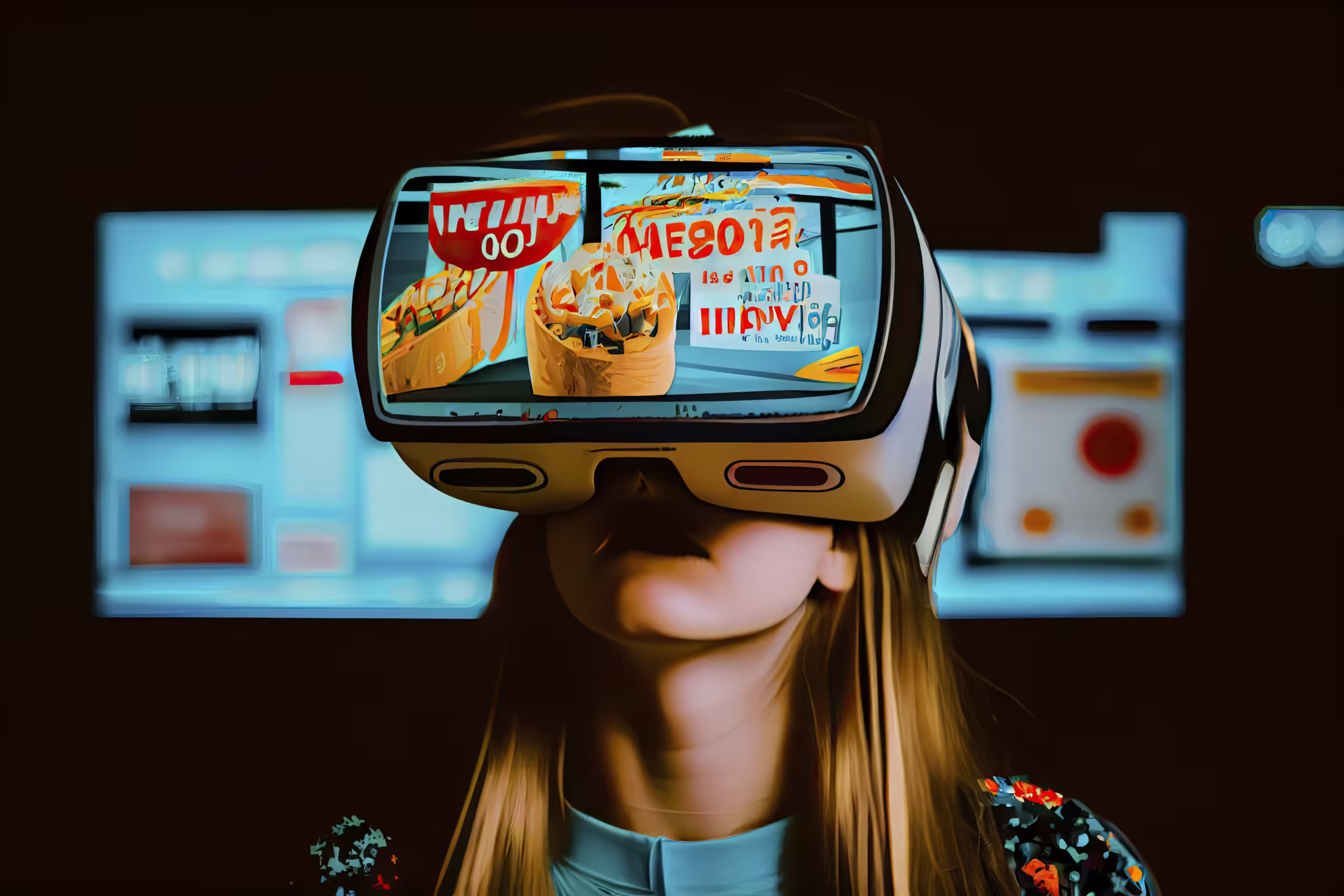Virtual reality (VR) has changed how we view and engage with culture. For years, cultural experience meant traveling to museums, galleries, or historical sites. But in 2024, VR allows us to bring these experiences home. Imagine standing in front of the Mona Lisa, or walking through ancient ruins—without leaving your living room. Although, VR bridges the gap between distant cultures and curious minds, making these experiences more immersive and accessible than ever before.
What is a Virtual Cultural Experience?
A virtual cultural experience uses VR technology to recreate real-life cultural elements. This includes art, history, architecture, and music. By wearing a VR headset, users can explore locations or events that are often far away or inaccessible. Virtual cultural experiences are highly interactive. You can look around, listen to narratives, or even engage with exhibits. This shift is redefining how people can explore and appreciate global cultures in an entirely new way.
Enhancing Cultural Experience Like Never Before
In 2024, VR technology has advanced significantly, and cultural organizations are embracing it. Museums, art galleries, and cultural festivals are creating VR versions of their offerings. Although, This evolution allows anyone, anywhere, to explore. For example, VR lets visitors virtually walk through galleries or historic landmarks. It’s no longer limited to local audiences. VR helps cultural institutions reach a global audience eager to learn and engage.
VR’s Role in Modern Cultural Experience
Art and heritage are central to cultural identity, but they are often confined to specific locations. VR allows us to explore these spaces with ease. Imagine wandering through the Louvre or visiting ancient temples in Egypt from your home. VR gives you a front-row seat to iconic cultural sites. Although, These experiences deepen our appreciation of global heritage and art, making culture more vibrant and accessible.
Benefits of Virtual Reality for Cultural Experience and Accessibility
VR makes cultural experiences accessible to a broader audience. Some people cannot travel due to physical limitations, finances, or location. VR overcomes these barriers. It allows everyone, regardless of circumstance, to experience art, history, and heritage. VR also supports cultural preservation. Sites or artifacts at risk of decay can be digitized and shared globally. Although, This ensures that cultural treasures endure for generations.
VR and the Globalization of Cultural Experiences
VR eliminates geographic limitations, turning cultural experiences into global events. With VR, anyone from anywhere can view and learn about another culture. This creates a world where boundaries are no longer barriers to learning. It allows cultures to reach a broader audience. However, Globalization of cultural experiences through VR fosters cross-cultural understanding and empathy, essential for a more connected world.
Virtual Reality and the Future of Cultural Tourism
VR is reshaping cultural tourism, offering virtual tours of popular tourist sites. This could change the future of travel. Travelers can now preview destinations through VR before visiting. For some, these virtual visits might replace travel entirely. For others, VR serves as a valuable guide. It’s a way to build excitement and familiarity with a destination. This trend is likely to grow, blending physical travel with virtual previews.

Why Virtual Reality is Essential for Future Cultural Engagement
As VR evolves, it will become an essential tool for cultural engagement. It’s not just a trend; it’s the future of how we connect with culture. VR democratizes access, making it easy for anyone to explore art and heritage. However, In a world where digital interaction is growing, VR offers a bridge to cultural engagement. It allows institutions to reach and educate wider audiences, preserving cultural knowledge for the future.
The Impact of Virtual Reality on Traditional Cultural Experience
VR offers a new way to experience culture, but it also challenges traditional methods. However, Museums and galleries are adapting, blending physical and virtual spaces. While some people worry that VR will replace real visits, it’s more likely to complement them. VR adds value, allowing people to engage with culture in both virtual and physical worlds. This shift enriches our relationship with culture, rather than diminishing it.
How VR Enhances the Culture Experience
Storytelling is a powerful part of culture, and VR enhances it. Through VR, you can experience stories from different cultures in a first-person perspective. Imagine standing in the middle of a historical reenactment or walking through ancient cities while hearing local legends. This immersive storytelling approach allows users to feel connected to other cultures, creating empathy and understanding in a unique way.
Future of Cultural Experiences in Virtual Reality
Looking ahead, VR in cultural experiences will only expand. Future trends may include more interactive exhibits, better quality visuals, and AI-driven enhancements. VR headsets are expected to become more affordable and accessible, broadening audience reach. We may see VR used to create fully interactive, customizable cultural experiences. This trend will deepen our connection to culture in ways we haven’t yet imagined.
Will VR Replace Traditional Culture Experiences?
There’s a debate over whether VR will replace traditional visits. Some believe VR will make physical travel less necessary, while others feel it can’t replace the real thing. VR may be best as a complement to traditional experiences. It offers a preview or enhancement but doesn’t fully substitute the emotional impact of being there. This debate continues, with both sides presenting valid points.
Why Virtual Reality Will Define Cultural Experiences in 2024
In 2024, VR has redefined how we explore and engage with culture. It offers accessibility, enhances storytelling, and allows global audiences to connect with art and history. While challenges remain, VR’s potential in cultural experiences is boundless. As we look to the future, VR will likely play a key role in preserving and sharing culture, bringing the world closer together.

